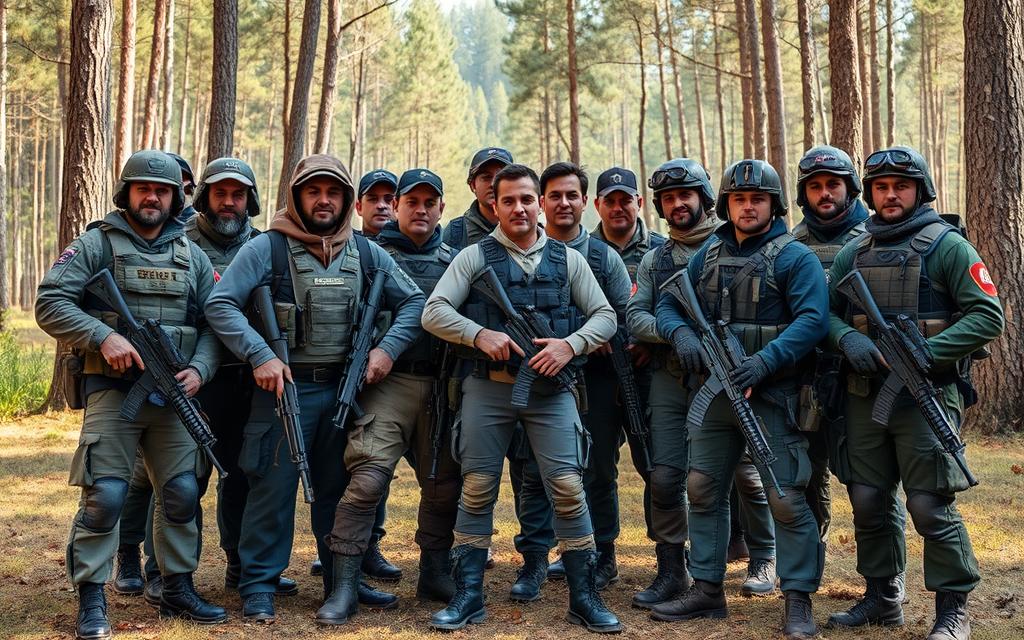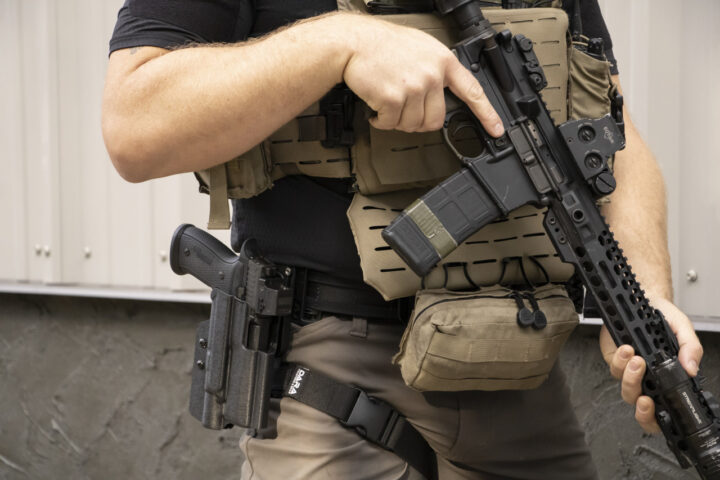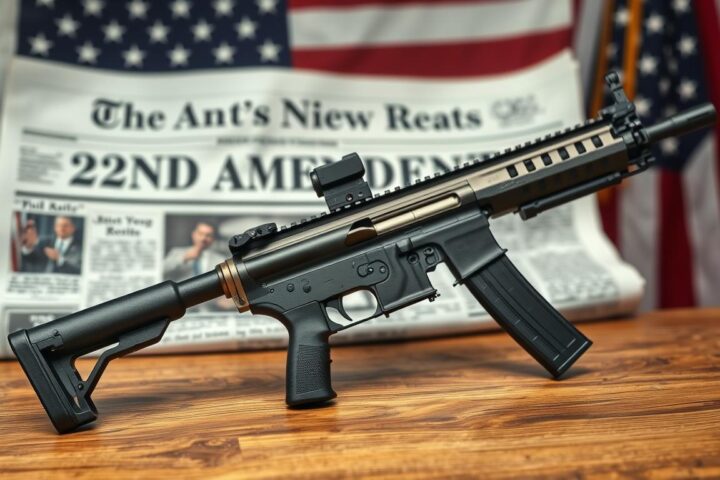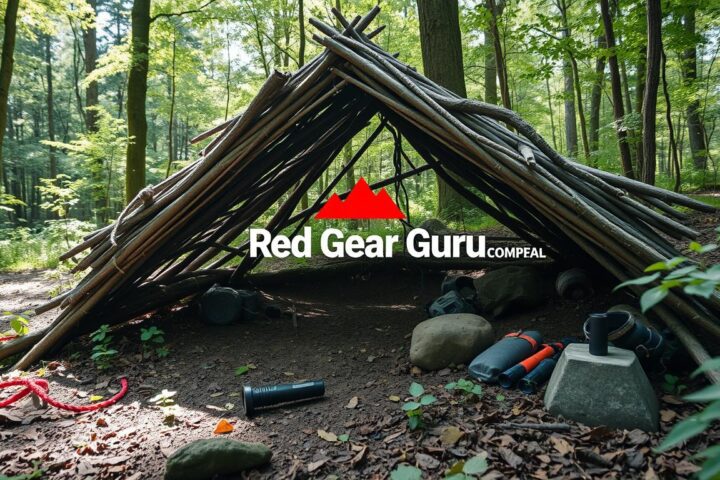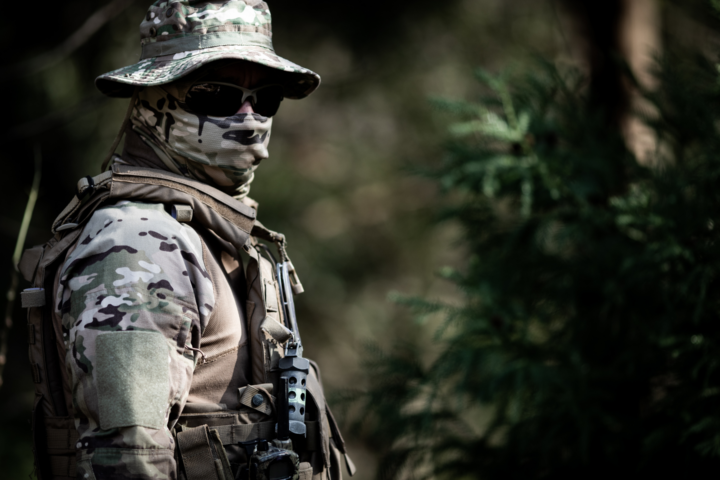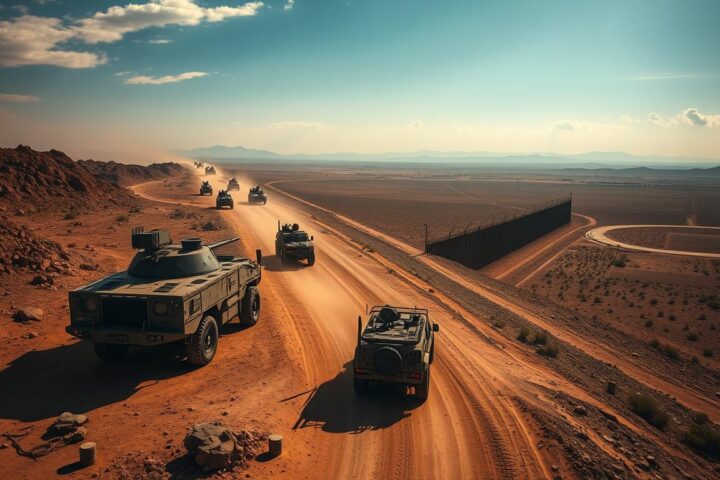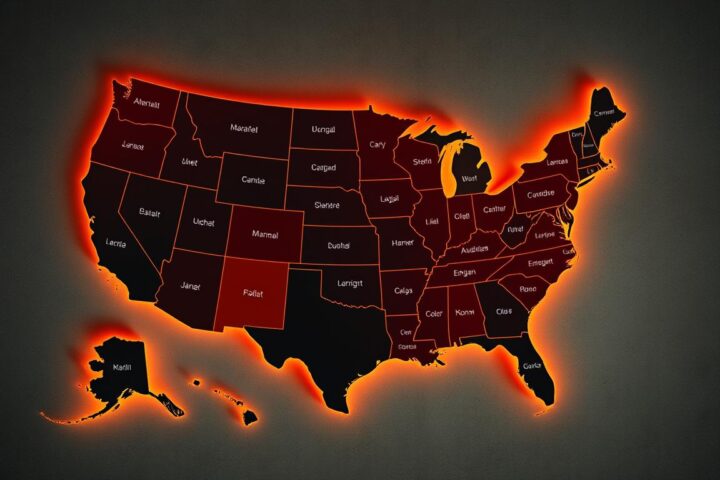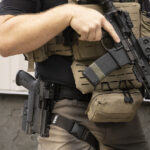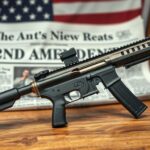Did you know 26 out of 50 states in the USA are run by the Republican Party? This shows how complex our political world is. It affects how we see gun rights in America. At the center of this argument is the militia, a term deeply connected to our history and the second amendment.
A militia is basically a group of civilian volunteers ready for military duty. They have been key in shaping our defense and the right to bear arms. From the American Revolution to today, militias have been a big part of who we are.
We might think militias are old news, but they still exist today. Knowing what a militia is helps us understand the ongoing fights over gun rights and the second amendment. Let’s look closer at this idea and see how it matters in our world today.
Key Takeaways
- Militias are civilian military forces that can be quickly mobilized
- They played a significant role in American history
- Militias are closely tied to second amendment rights
- The concept of militia is still relevant in modern times
- Understanding militias is crucial for gun rights debates
Understanding the Basic Concept of Militia
The idea of militia is deeply tied to American gun culture. It has shaped the nation’s history. We look into the origins and types of these forces to understand their role in society.
Historical Origins of Civilian Military Forces
Militia groups in the USA go back to the early days of American settlement. These citizen-soldiers were key in defending colonies. They showed the spirit of self-reliance that later influenced gun rights and the Second Amendment. Their work was vital in protecting communities and fighting for independence.
Organized vs Unorganized Militias
Today, we see two main types of militias. Organized militias are groups approved by states, acting as auxiliary forces. Unorganized militias are civilian groups that form on their own. Knowing this difference helps us understand the diverse militia groups in the country.
Constitutional Framework
The Second Amendment is the legal basis for militias in the United States. It guarantees the right to bear arms, linking it to the need for a well-regulated militia for state security. This has been at the heart of debates on gun rights and the role of civilian military forces in today’s America.
The Role of Militia in American History
Militias have been key to American defense since the start. During the Revolutionary War, they were the heart of the colonial forces. Armed civilians were crucial in winning freedom from Britain.
In the early U.S., militias were the main defense. With no standing army, citizens had to protect their homes. This tradition lasted through the War of 1812, where militias fought alongside regular troops.
The role of militias changed as the country grew. The gun control debate often involves militia rights. Today, some focus on helping the community, while others are linked to extremist views.
Recent news about militias shows their complex nature. In disasters, some militias help communities. But, others have been involved in actions that spark debate about their role today.
The debate on militias is ongoing in second amendment news. The nation is still figuring out security and rights. The history of militias continues to influence these discussions.
Modern Day Militia Groups and Their Structure
Modern militia groups in the United States have changed a lot. They now have structures like military units. They focus on training with top firearms and reviewing the best ammunition. Let’s look at what makes them tick.
Command Hierarchy and Organization
Militia groups have a clear chain of command. Leaders pick roles based on experience and skills. Members might focus on tactics, communications, or ammo storage.
This setup helps them make quick decisions and work together smoothly.
Training and Preparedness Standards
Training is key for militia groups. They do drills to get better at shooting, survival, and teamwork. They practice with many firearms, aiming to be experts.
Some militias even create their own training programs. These are tailored to their goals and surroundings.
Equipment and Resource Management
Managing resources well is important for militia groups. They focus on getting and keeping good gear. This includes firearms, tactical equipment, and communication devices.
They also stress the importance of proper ammo storage. Some groups share resources to buy expensive or bulk items. This helps them stay ready while keeping costs down.
Legal Framework Governing Militia Operations
The laws around militias in America are complex. Gun rights and gun control often clash in these discussions. Each state has its own rules, making a patchwork of laws across the country.

The Second Amendment gives militias a constitutional basis. But, their actions are governed by both federal and state laws. Some states allow and regulate state defense forces. Others ban private military groups. This shows the ongoing debate about gun rights in America.
Gun violence has led to stricter laws in some places. In states with high gun violence, militias might face more rules. But, in states that support guns more, militias might have more freedom.
It’s important to understand these laws for militia members and everyone else. The mix of gun control and militia laws shapes how we talk about armed groups in the U.S.
Militia vs. Professional Military Forces
When we look at militias and professional military forces, we see big differences. Professional military groups get thorough training, use the same gear, and follow a strict chain of command. Militias, on the other hand, have different training levels and equipment. They also lack the formal structure of professional groups.
Key Operational Differences
Professional military units follow strict rules and are deployed carefully. Militia groups, like those in Syria and Lebanon, fight in local battles. For example, Israeli strikes in Syria have hit Hezbollah and pro-Iranian militias near Damascus. This shows militias fight in specific areas.
Command Structure Comparison
The military has a clear chain of command, from generals to soldiers. Militia groups have different leadership setups. In some cases, like Hezbollah’s Radwan Force, specific leaders run special units. The IDF’s strike on an anti-tank missile system commander shows militia leaders can be more flexible but also vulnerable.
Equipment and Training Standards
Military forces use advanced weapons and get standard training. Militia groups use a mix of civilian and military gear. While some militias review top handguns, their equipment may not match the military’s. The types and sizes of ammunition used by militias can also vary, affecting their fighting power.
Second Amendment Rights and Militia Formation
The Second Amendment is key to forming militias in the U.S. It connects the right to bear arms with the idea of citizen militias. This bond started with our country’s founding, with early states like Pennsylvania recognizing these rights in 1776.
James Madison’s first draft of the Second Amendment included rules for those who didn’t want to fight. Over time, how we see these rights has changed. Important Supreme Court cases have made it clear that people have the right to defend themselves with guns.
The idea of an “unorganized militia” includes all able-bodied men aged 17 to 45. Some states have broader definitions of militias. The National Guard is a modern example of the citizen-soldier idea, mixing civilian and military life.
There’s ongoing debate about gun rights and militias. We’re trying to balance keeping people safe with protecting individual freedoms. The rise of modern militias makes us question how we interpret the Constitution today. The link between gun rights and militias is a big part of our legal and political discussions.
State-Recognized Militia Organizations
State-recognized militia groups are key in U.S. defense and emergency response. They are different from the National Guard and act as official state defense forces. Recent u.s. militia news shows a growing interest in these groups.
Official State Defense Forces
Many states have volunteer forces for emergencies and disaster relief. These groups work under state rules, offering vital support in crises. Gun safety news often talks about the need for proper training for these groups.
Regulatory Requirements
State defense forces must follow strict rules on training, equipment, and deployment. These rules help ensure militia members are ready for their tasks while keeping safety in mind. For example, the FBI in South Carolina has been preparing for election security for over a year, showing the need for oversight.
Integration with Emergency Response
State-recognized militias work with other emergency teams. They help local authorities during crises. In recent events, the IDF destroyed militia infrastructure, showing the role of organized defense forces. Proper ammunition management is key for these groups to stay ready and effective.
Militia Training and Preparation Standards
Militia training standards vary a lot. Some groups focus on gun repair at home and smithing. Others teach tactical skills and survival techniques. The quality of training can vary a lot between official and unofficial groups.

Many groups stress emergency response and first aid. They hold regular drills for different scenarios. Some teach members how to safely store and maintain their guns.
Training intensity differs a lot. Official militias have more structured training. Unofficial groups might have less formal training. But, regular practice is crucial for staying ready.
Some militias specialize in skills like wilderness survival or urban combat. Others cover a wide range of topics. The focus depends on the group’s mission and the threats they face.
Equipment and Resources for Militia Units
Militia units need various tools and resources to stay ready. We’ll look at the key gear, communication systems, and tactical equipment for effective work.
Essential Gear and Supplies
A good kydex carry holster is key for militia members. It’s durable and lets them quickly get to their guns. It’s also important to know about different ammo sizes to fit their guns right. Safe containers keep ammo dry and safe from damage.
Communication Systems
Good communication is crucial for militia work. Two-way radios help team members talk instantly. Encrypted apps offer safe long-distance talks. Some teams use satellite phones for areas far from help.
Tactical Equipment Requirements
Tactical gear includes body armor, night vision, and first aid kits. Militia teams practice with these to get better. Keeping equipment in good shape is important. Regular checks help find what needs fixing or updating.
Constitutional Protections and Limitations
The debate over gun rights in America is complex. Legal battles have shaped our understanding of gun laws. In 2008, the Supreme Court’s District of Columbia v. Heller case was a key moment.
In a 5-4 decision, the Court said the Second Amendment protects an individual’s right to own guns. This decision changed how we see gun rights, moving away from a “collective rights” model. Now, we focus on balancing personal gun ownership with public safety.
Border communities, like Del Rio, Texas, offer unique perspectives. There, 80% of residents are Latino, and immigration and security concerns meet Second Amendment debates. Local law enforcement must balance constitutional rights with community safety. This shows how our constitutional protections influence gun laws and militia regulations in America.
